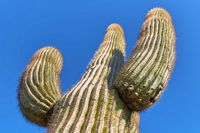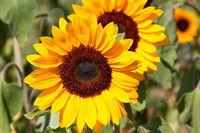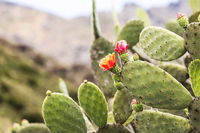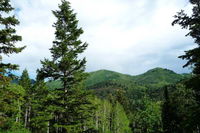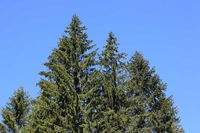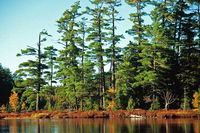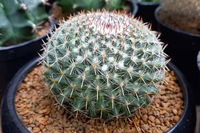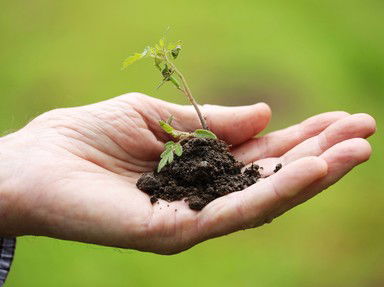
The Plant Doctor Trivia Quiz
Match the Plant Families
As a plant doctor, one must know what family to which each of these wonderful plants belong. Can you help the doctor match each plant to its correct family? (Click the images for a closer look!)
by trident.
Estimated time: 3 mins.
- Home
- »
- Quizzes
- »
- Science Trivia
- »
- Botany

